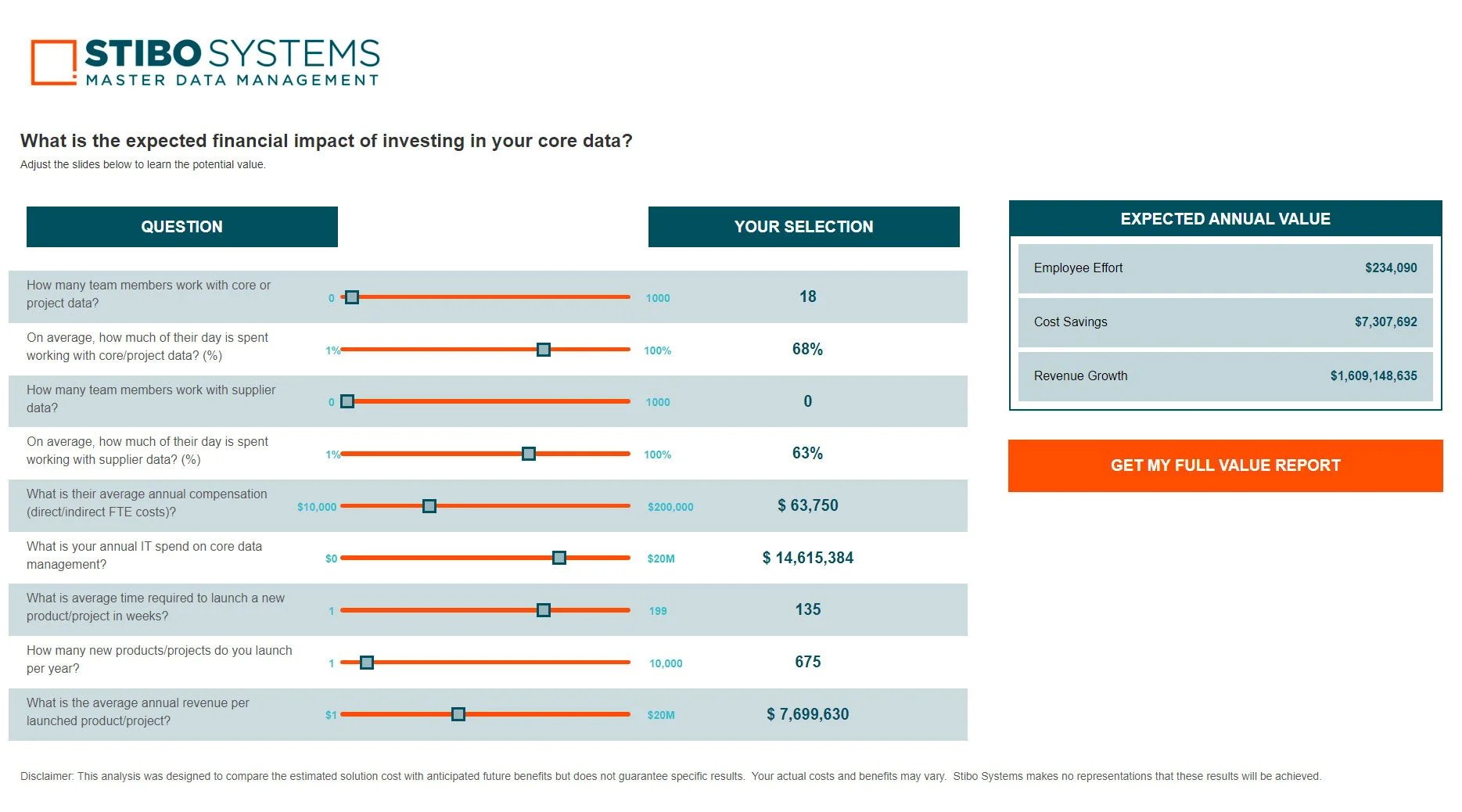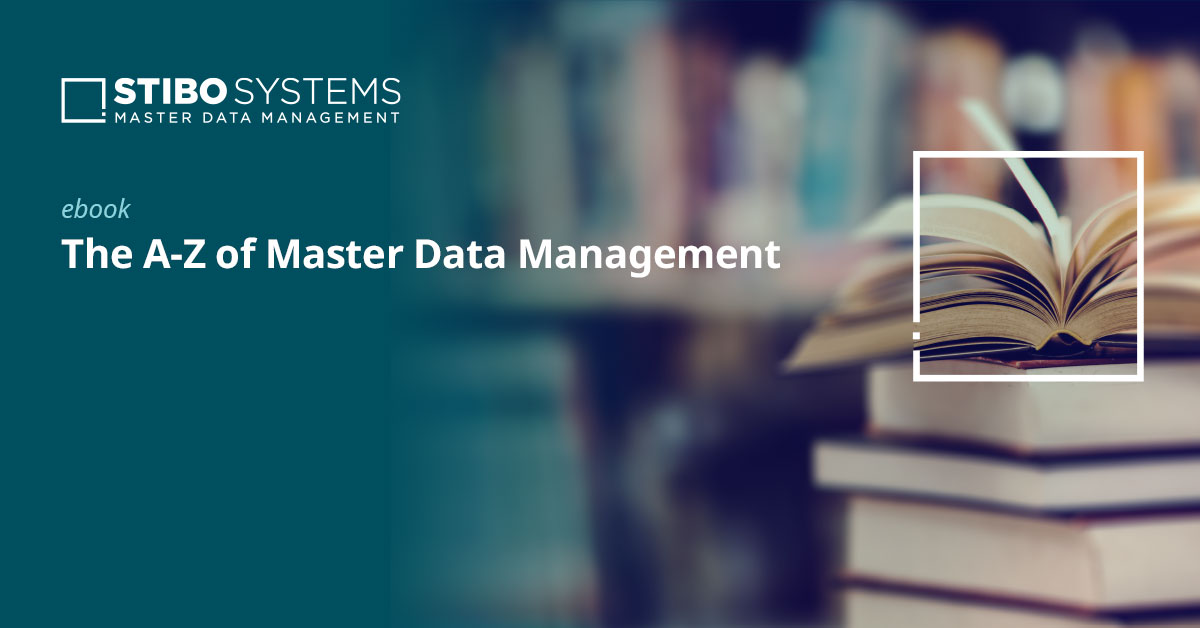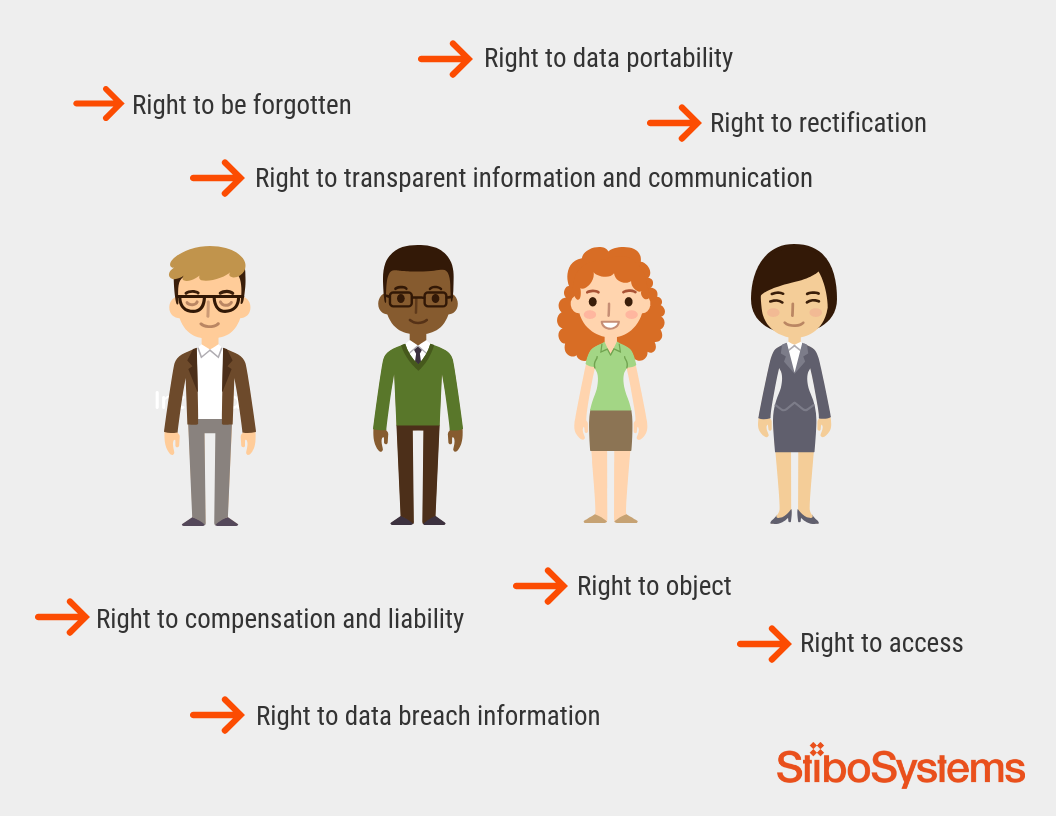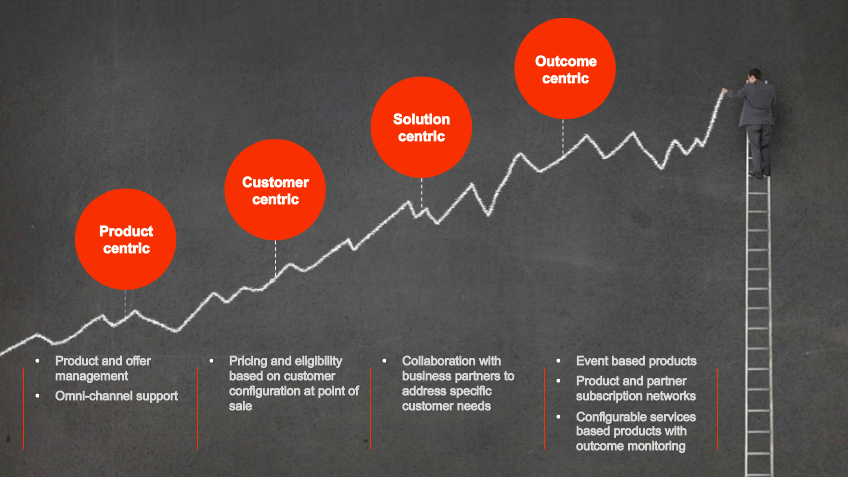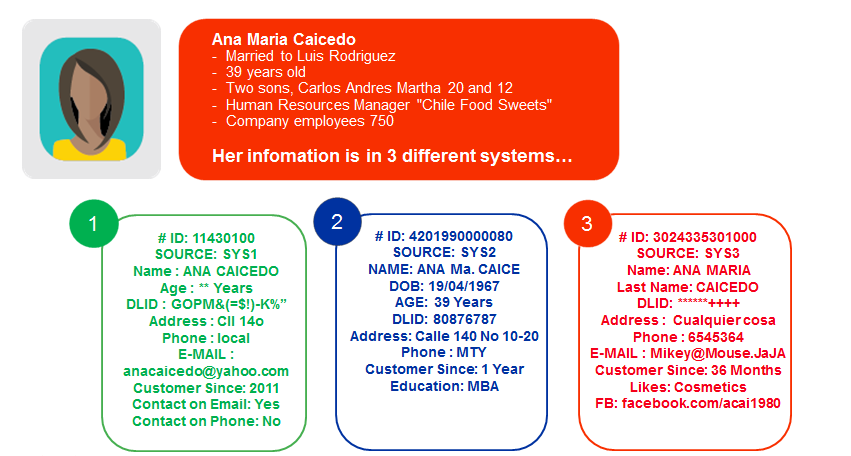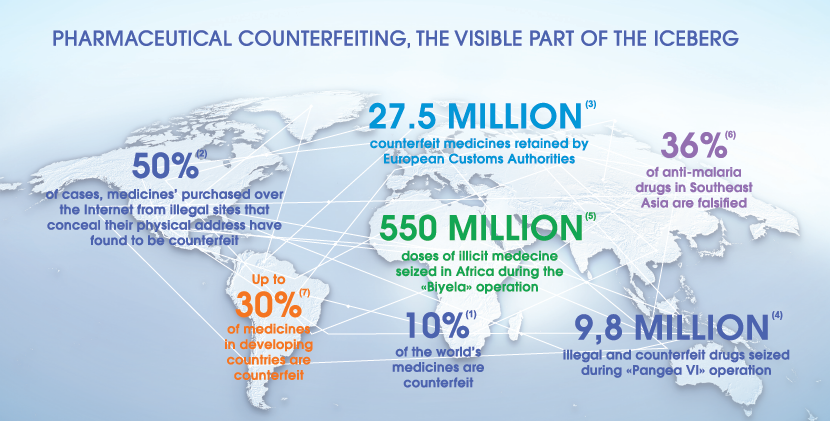In today's digital age, businesses and organizations are producing an ever-increasing amount of digital content such as images, videos and audio files. With this influx of digital assets, managing and organizing them can become a daunting task. Digital asset management is a solution to this challenge, providing a centralized system for storing, retrieving and sharing digital assets.
In this blog post, we will explore the concept of digital asset management, its benefits and how it can help businesses streamline their workflows, reduce costs and improve the quality of their digital content. We will also look at some key features of a digital asset management system and provide tips on selecting the right solution for your organization.
What is digital asset management?
Digital asset management (DAM) is the process of organizing, storing and retrieving digital assets such as images, videos, audio files and other digital content. It involves the use of specialized software to manage and track digital files, making it easier for businesses and organizations to store, share and reuse digital assets.
Digital asset management systems typically include features such as metadata management, version control, rights management and search and retrieval capabilities. These systems can be used to store assets in a centralized location, allowing for easy access and sharing across teams and departments. They can also help ensure brand consistency by providing access to approved assets and guidelines.
Overall, digital asset management is a crucial tool for businesses and organizations that rely heavily on digital content as it can help improve productivity, reduce costs and enhance the overall quality of digital assets.

Why is digital asset management increasingly becoming more important?
Digital Asset Management (DAM) is becoming increasingly important for organizations for several reasons.
Firstly, the amount of digital content that organizations produce and consume is growing exponentially. Managing this content effectively is becoming more and more difficult. With a digital asset management system, organizations can manage their digital assets more efficiently and effectively, making it easier to find, access and share files.
Secondly, as businesses become more global and remote, the need for centralized and accessible digital assets is increasing. A digital asset management solution enables teams to access and collaborate on assets regardless of their location or time zone. This improves collaboration and streamlines workflows, leading to increased productivity and faster time-to-market.
Thirdly, as the demand for personalized customer experiences grows, the need for dynamic and diverse digital assets is increasing. Digital asset management solutions allow organizations to create and manage a variety of content, such as images, videos and other media, to deliver a seamless and engaging customer experience across multiple channels.
Lastly, with the rise of data privacy regulations such as the GDPR and CCPA, organizations need to ensure that their digital assets are secure and compliant. Digital asset management solutions provide granular control over access to digital assets, ensuring that only authorized users can access sensitive files.
In summary, digital asset management is becoming increasingly important for organizations due to the growing volume of digital content, the need for centralized and accessible digital assets, the demand for personalized customer experiences and the importance of data privacy and compliance. As a result, implementing a digital asset management solution has become essential for organizations looking to improve and gain a competitive edge in today's digital landscape.
What are the key benefits of digital asset management?
Digital asset management provides a range of benefits to businesses and organizations that rely heavily on digital content. Here are some of the key benefits of digital asset management:
-
Increased productivity: With a centralized system for storing and retrieving digital assets, team members can quickly and easily access the files they need, reducing the time spent searching for assets and increasing productivity.
-
Cost savings: Digital asset management can help businesses reduce costs associated with duplicate assets, inefficient workflows and the need for multiple storage solutions. Additionally, digital asset management can help ensure that digital assets are being used correctly, reducing the risk of costly legal issues.
-
Improved collaboration: With a digital asset management system, team members can easily share files and collaborate on projects, even if they are located in different parts of the world.
-
Enhanced brand consistency: Digital asset management can help ensure that all digital assets are on-brand and up-to-date, providing a consistent look and feel across all marketing channels.
-
Better asset tracking and organization: Digital asset management provides tools for organizing and categorizing digital assets, making it easier to find and track specific files. This can be especially useful for businesses with large libraries of digital content.
-
Increased security: Digital asset management systems can provide granular permissions and access controls, ensuring that only authorized users can access sensitive digital assets.
Overall, digital asset management is a crucial tool for businesses and organizations that rely heavily on digital content. By providing a centralized system for managing and sharing digital assets, digital asset management can help businesses streamline workflows, reduce costs and improve the overall quality of their digital content.
What are the challenges of digital asset management?
While digital asset management provides numerous benefits to businesses and organizations, it also comes with its own set of challenges. Here are some of the key challenges of digital asset management:
-
Data migration: One of the biggest challenges of digital asset management is migrating existing data to the new system. This can be a time-consuming and complex process, especially if the data is stored in multiple locations or in various formats.
-
Metadata management: Digital asset management systems rely heavily on metadata to organize and categorize digital assets. However, metadata management can be a challenging task, especially when dealing with large volumes of data.
-
User adoption: The success of a digital asset management system depends on user adoption. If team members are not properly trained on how to use the system, they may resist using it, leading to inefficiencies and a lack of ROI.
-
Integration with other systems: Digital asset management systems must integrate with other systems used by the organization, such as marketing automation software, CMS and e-commerce platforms. Ensuring seamless integration can be a challenge.
-
Cost: Implementing and maintaining a digital asset management system can be costly, especially for small businesses. Additionally, the cost of licensing and storage can increase as the volume of digital assets grows.
-
Security: Digital asset management systems store sensitive digital assets, making them a target for cybercriminals. Ensuring that the digital asset management system is secure and has the necessary safeguards in place can be a challenge.
Overall, implementing a digital asset management system requires careful planning and consideration of these challenges. However, with the right strategy and approach, these challenges can be overcome and businesses can reap the benefits of a robust digital asset management system.
How can master data management help overcome these challenges?
Master data management (MDM) is a process for managing the organization's critical data assets, including customer data, product data and other key data sets. Master data management can help overcome some of the challenges associated with digital asset management by providing a framework for managing data across the organization. Here are some ways master data management can help:
-
Data migration: Master data management provides a framework for managing data across the organization, making it easier to migrate data to a new system. With master data management, organizations can ensure that data is clean, consistent, and accurate before moving it to a digital asset management system, reducing the complexity and time required for data migration.
-
Metadata management: Master data management provides tools for managing metadata across the organization, ensuring that metadata is consistent and accurate. This can help ensure that digital assets are properly tagged and categorized, making it easier to find and track specific files.
-
User adoption: Master data management can help with user adoption by providing a single source of truth for data across the organization. This can help reduce confusion and ensure that team members are accessing the correct data.
-
Integration with other systems: Master data management provides a centralized source of data that can be integrated with other systems, including digital asset management systems. This can help ensure seamless integration and reduce the complexity of managing multiple data sources.
-
Cost: Master data management can help reduce the cost of managing data by eliminating duplicate data and ensuring that data is accurate and consistent. This can help reduce the cost of storing and managing data, including digital assets.
-
Security: Master data management provides tools for managing data security, including access controls and permissions. This can help ensure that sensitive digital assets are only accessible to authorized users.
Overall, master data management can help organizations overcome many of the challenges associated with digital asset management by providing a framework for managing critical data assets across the organization. By ensuring that data is clean, consistent and accurate, organizations can improve the efficiency and effectiveness of their digital asset management processes.
How to choose the right digital asset management solution?
Choosing the right digital asset management solution for your business can be a challenging task, but it is a critical one. Here are some factors to consider when evaluating digital asset management solutions:
1. Needs and use cases
Consider the specific needs and use cases of your organization. What types of digital assets do you need to manage? How many users will need access to the digital asset management system? What are your workflows, and how will the digital asset management solution fit into those workflows? Answering these questions will help you determine which digital asset management solution will be the best fit for your organization.
2. Ease of use
A digital asset management system should be intuitive and user-friendly, allowing your team members to easily upload, search and access digital assets. Consider a solution that provides a straightforward user interface and streamlined workflows that match your organization's requirements.
3. Integration
A digital asset management solution should integrate seamlessly with your existing technology stack, including other software and tools that you use to manage your digital assets. Consider a solution that offers integrations with the software that your team is already using.
4. Scalability
Consider whether the digital asset management solution can grow with your organization as your needs change and your digital asset library grows. It is essential to choose a solution that can scale to accommodate your future needs, both in terms of storage and users.
5. Security
Choose a digital asset management solution that provides adequate security features to protect your digital assets. Look for a solution that provides role-based access control, encryption and other security features that match your organization's requirements.
6. Support and maintenance
Ensure that the digital asset management solution you choose provides adequate support and maintenance. Consider the level of support and training offered, as well as the company's reputation for customer service.
7. Cost
Finally, consider the cost of the digital asset management solution, including implementation, maintenance and ongoing support. Look for a solution that fits within your budget and provides the features and functionalities that you need.
In summary, choosing the right digital asset management solution requires careful consideration of your organization's needs, ease of use, integration, scalability, security, support, maintenance and cost. By evaluating these factors and comparing solutions that meet your criteria, you can choose the digital asset management solution that best fits your organization's needs.
How to implement a digital asset management solution?
Implementing a digital asset management solution can be a complex process, but following these steps can help ensure a successful implementation:
1. Define goals and objectives
Clearly define the goals and objectives for implementing a digital asset management solution. Determine what you hope to achieve by implementing a digital asset management system, including specific business objectives such as improved collaboration, streamlined workflows or reduced costs.
2. Assess current state
Assess the current state of your digital assets, including how they are currently being managed and any challenges you are experiencing. Determine what assets you need to manage and how they will be organized.
3. Choose a digital asset management solution
Choose a digital asset management solution that meets your organization's requirements, including features and functionality, ease of use, scalability, security, support and cost.
4. Prepare for implementation
Prepare for the implementation by defining roles and responsibilities, creating a project plan and determining the timeline for the implementation.
5. Configure the digital asset management solution
Configure the digital asset management solution to match your organization's requirements, including setting up access controls, defining metadata fields and integrating with other software and tools.
6. Migrate assets
Migrate your digital assets to the digital asset management solution, including organizing them in a logical and intuitive way.
7. Train users
Train your users on how to use the digital asset management solution, including how to upload and search for assets, and how to collaborate and share files.
8. Test and refine
Test the digital asset management solution thoroughly, and refine the configuration as needed. This includes testing workflows, access controls and integrations with other software and tools.
9. Launch and monitor
Launch the digital asset management solution and monitor its usage and effectiveness. Continuously gather feedback from users and refine the solution as needed to ensure ongoing success.
Overall, implementing a digital asset management solution requires careful planning and execution. By following these steps, you can successfully implement a digital asset management solution that meets your organization's requirements and delivers the desired benefits.

